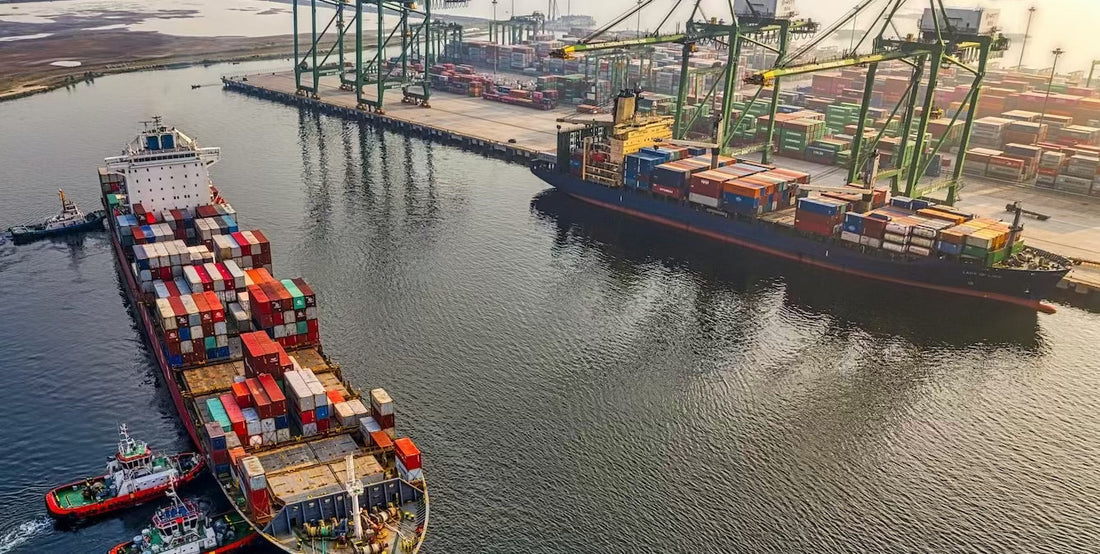
EU GPSR Compliance: What Importers Need to Know
The European Union has introduced the General Product Safety Regulation (GPSR), which replaces the previous General Product Safety Directive (GPSD). This regulation came into full effect on December 13, 2024, and applies to all consumer products placed on the EU market, including those imported from countries such as the United States, Canada, the UK, Switzerland, and Australia.
For importers and manufacturers selling goods in the EU, it is essential to understand the expanded obligations under the GPSR to ensure compliance and maintain market access.
Key Updates Under the GPSR
1. Expanded Scope and Definitions
- A manufacturer is defined as a company that produces or commissions the production of a product and markets it under its name or trademark.
- An importer is an entity established within the EU that places products from third countries onto the EU market.
- The GPSR broadens the definition of “safe products”, emphasizing that safety considerations must account for foreseeable misuse, evolving functionalities, and other threats.
2. New Risk Analysis and Technical Documentation Requirements
- Manufacturers / importers must conduct a comprehensive risk assessment and prepare technical documentation that demonstrates the product’s safety.
- Importers must retain copies of this technical documentation and ensure manufacturers have conducted proper risk assessments.
- Records must be kept for at least 10 years after a product is placed on the market.
3. Introduction of the “EU Responsible Person” Requirement
- Non-EU manufacturers must designate an EU-based Responsible Person who will act as a point of contact for compliance and product safety issues.
- This entity can be an authorized representative, importer, distributor, or fulfillment service provider.
- The Responsible Person is required to hold access to technical documentation and cooperate with EU regulators.
- An EU Authorised Representative can act as Responsible Person.
4. Stronger Product Traceability and Labeling Obligations
- All products must carry a serial number or equivalent identifier that is visible and legible.
- A manufacturer’s or importer's name, registered trade name, and a physical and electronic address must be clearly displayed on the product or its packaging.
- QR codes cannot replace required physical labeling.
5. Enhanced Market Surveillance and Online Marketplace Compliance
- Online marketplaces must verify that third-party sellers comply with EU safety regulations.
- Operators of an online marketplace in the EU Market, for example a Shopify store, are required by law to register their business with the Safety Gate Portal. Registration ensures compliance with EU regulations and facilitates communication with national market surveillance authorities.
- Importers and manufacturers distributing via e-commerce must ensure their products meet the same safety requirements as those sold in physical stores.
- National authorities will have increased powers to conduct market surveillance and enforce compliance, including product recalls and penalties.
Compliance Checklist for Importers and Manufacturers
To ensure a seamless transition into the new GPSR framework, businesses should take the following steps:
-
Register at the EU Safety Gate: This registration is mandated by GPSR to ensure better communication and compliance with safety requirements.
-
Appoint an EU-Based Responsible Person: If you are a manufacturer outside the EU, designate a responsible person who can store technical documentation and liaise with authorities. An EU Authorised Representative can act as Responsible Person.
-
Ensure Full Product Traceability: Implement batch tracking and serial numbering systems to facilitate recall management and regulatory compliance.
-
Conduct a GPSR Risk Assessment: Ensure your products comply with EU safety regulations, addressing foreseeable risks and potential misuse.
-
Update Packaging and Labeling: Confirm that all required identification details (manufacturer / importer name, address, and contact information) are correctly displayed.
-
Prepare for Enhanced Market Surveillance: Maintain 10-year records of compliance documentation and be ready to provide them to regulators upon request.
-
Adapt for E-Commerce Compliance: If selling via Amazon, eBay, or other platforms, ensure that all listings meet EU safety regulations.
- Monitor EU Regulatory Updates: Keep track of additional guidance from the European Commission and adjust compliance strategies accordingly.
Penalties for Non-Compliance
Failure to comply with the GPSR can result in:
- Product bans or recalls
- Fines and legal action
- Loss of market access in the EU
- Reputational damage for non-compliant brands
Final Thoughts
The GPSR represents a significant shift in EU product safety laws, particularly for importers and manufacturers from third countries. By proactively updating compliance strategies, businesses can avoid costly penalties and ensure a smooth transition into the new regulatory landscape.
For more insights or assistance in navigating the GPSR, stay updated through industry portals and the European Commission’s official channels.
Learn More About GPSR:
